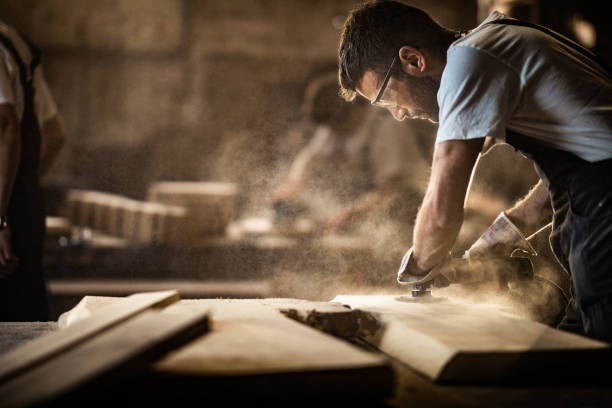
Discover the Remarkable Craftsmanship Behind These Woodworking Masterpieces

Step into the mesmerizing world of woodworking masterpieces. In this article, we will uncover the exceptional craftsmanship behind awe-inspiring pieces that will leave you in awe. Each masterpiece is a testament to the skill, dedication, and passion of the talented artisans who bring them to life.
From intricately carved furniture to meticulously crafted sculptures, these woodworking creations showcase the beauty and versatility of this ancient craft. Every detail, every curve, and every joint is meticulously designed and executed, resulting in truly remarkable works of art.
Immerse yourself in the enchanting stories behind these masterpieces, as we delve into the inspirations and techniques that gave birth to these extraordinary pieces. Witness the mastery of woodworking techniques passed down through generations and perfected over time.
Whether you're a woodworking enthusiast, art lover, or simply appreciate fine craftsmanship, this article will take you on a captivating journey through the world of woodworking. Get ready to be inspired and amazed by the talent and ingenuity of these woodworking artisans.
The Art of Woodworking
Woodworking is an ancient art form that has been practiced for centuries. It involves working with wood to create functional and decorative objects using various techniques. From simple tools to complex furniture pieces, woodworking encompasses a wide range of skills and expertise.
Woodworking is not just about creating practical items; it is a form of artistic expression. Woodworkers use their creativity and craftsmanship to transform raw materials into beautiful and unique pieces. The art of woodworking requires a deep understanding of the characteristics of different types of wood and the ability to manipulate them to bring out their full potential.
Woodworking is a labor-intensive process that requires patience, precision, and attention to detail. It is a craft that rewards those who are willing to put in the time and effort to master the skills required. Each woodworking masterpiece is a testament to the dedication and passion of the artisans who create them.
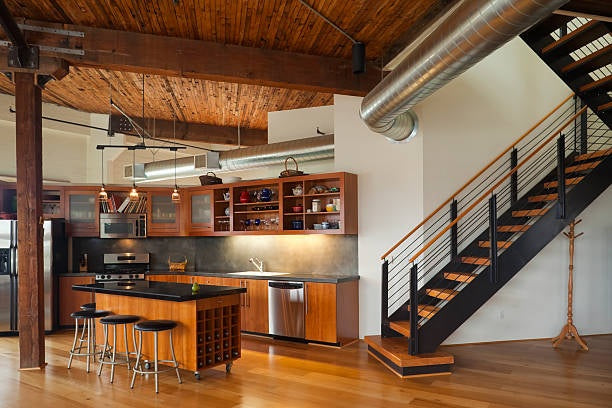
Types of Woodworking Techniques
There are various techniques used in woodworking, each with its own unique characteristics and applications. These techniques encompass everything from cutting and shaping wood to joinery and finishing. Let's explore some of the most commonly used woodworking techniques:
1. Carving: Carving is the process of shaping wood by removing material to create three-dimensional designs. It involves using chisels, gouges, and other specialized tools to carve intricate patterns and details into the wood.
2. Joinery: Joinery is the art of connecting two or more pieces of wood together to create a solid and durable structure. Common joinery techniques include dovetail joints, mortise and tenon joints, and biscuit joints.
3. Turning: Turning involves rotating a piece of wood on a lathe while a cutting tool is used to shape it. This technique is commonly used to create cylindrical objects such as bowls, vases, and table legs.
4. Routing: Routing is the process of hollowing out or shaping wood using a router. It is often used to create decorative edges, grooves, and recesses in wood pieces.
5. Finishing: Finishing is the final step in the woodworking process. It involves applying various treatments to the wood to enhance its appearance and protect it from moisture and wear. Common finishing techniques include sanding, staining, and applying a protective finish such as varnish or lacquer.
Famous Woodworking Masterpieces
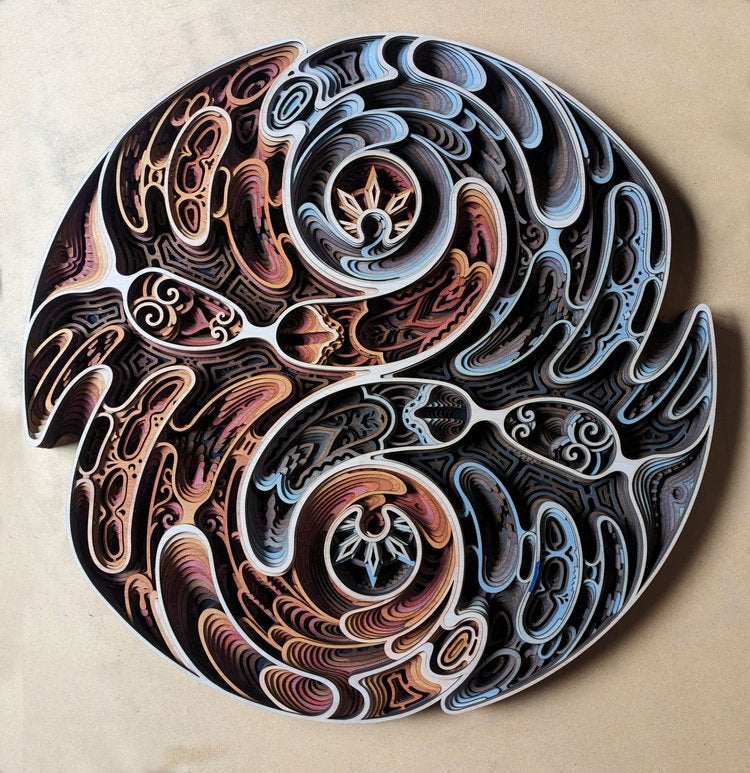
Gabriel Schama stands out as a master craftsman in the woodworking community, whose artworks have seized the hearts of enthusiasts worldwide. His work is immediately recognizable, and a testament to his unique contribution to the field of art. Schama's method involves meticulously layering thin slices of plywood to form complex geometric patterns that leap out into the third dimension.
Observers are often spellbound, lost in the labyrinth of details that define his sculptures. In a significant development in 2016, Schama introduced color into his repertoire, enhancing the dynamic and abstract qualities of his work.
Aron Demetz, an Italian native, is deeply rooted in the heritage of traditional wood carving that has long been part of his country's artistic legacy. His profound connection with these age-old techniques is evident in his remarkable wood sculptures that have graced galleries worldwide. Demetz's work, inspired by the sacred bond between humanity and nature, brings forth human figures that captivate and engage onlookers.
One of the signature elements in Demetz's work is his use of resin, which adds a unique dimension to his sculptures. It serves to underscore the vulnerability inherent in human existence. His collection, the 'Untitled Group,' exhibited at the Barbara Paci Art Gallery, is a striking example of this technique. Here, Demetz plays with contrasts, juxtaposing smooth surfaces against textured ones, creating pieces that embody the harmonious yet complex relationship between man and the natural world.

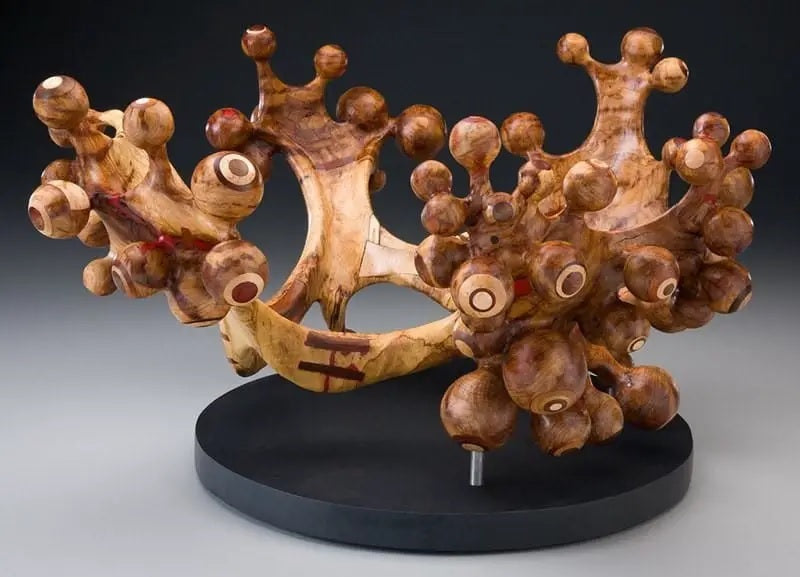
Tim Byrns' wood sculptures are a testament to his deep-seated commitment to environmental awareness. His creations serve as a poignant reminder of the intricate and often bizarre life forms that populate our planet, from jungle fungi to captivating sea creatures. In each piece, Byrns channels the awe-inspiring power of Mother Nature herself. Indeed, nature stands as the ultimate artist, weaving together creativity in unseen dimensions that continue to captivate minds across the globe. Through his wood sculpture artistry, Tim Byrns directs our attention to the perpetual cycle of renewal that defines the natural world. Embracing the notion that destruction is an integral part of this cycle, Byrns intentionally leaves visible cracks and other imperfections in the wood material, delivering a powerful message about the inexorable forces of creation and decay.
Hsu Tung Han, a contemporary artist hailing from Taiwan, occupies a truly distinctive place in the global art scene. His work defies categorization, seamlessly weaving together elements of the past and present to create a multidimensional artistic experience.
Han's wood sculptures serve as a poignant commentary on the delicate balance between harnessing technology for progress and succumbing to its grasp. Observing his art is akin to embarking on a journey through time, space, and consciousness, prompting introspection about the past, present, and future of humanity.
What sets Hsu Tung Han apart is his remarkable "pixelated" effect achieved through a unique approach to working with wood. His creative process begins with intricate sketches and clay models, which serve as the blueprint for his masterpieces. What follows is a painstaking endeavor in which he sculpts dynamic motion from a single piece of wood.
His preferred materials include African wax wood, teak, and walnut, each chosen for its unique qualities.

The Process of Creating Woodworking Masterpieces
The creation of woodworking masterpieces is a multi-step process that requires careful planning, skillful execution, and attention to detail. Let's take a closer look at the steps involved in bringing these extraordinary pieces to life:
1. Design and Inspiration: The process begins with an idea or inspiration for the piece. The woodworker sketches and refines the design, taking into consideration both aesthetic and functional aspects.
2. Material Selection: Choosing the right type of wood is crucial for the success of the project. Woodworkers carefully select wood species based on factors such as durability, grain patterns, and color.
3. Preparation: The selected wood is prepared by cutting it into the desired sizes and shapes. This may involve techniques such as ripping, cross-cutting, and planing.
4. Joinery: The pieces of wood are joined together using various joinery techniques to form the structure of the masterpiece. This step requires precision and attention to detail to ensure a strong and seamless connection.
5. Shaping and Carving: The woodworker then shapes and carves the wood using specialized tools to create the desired form and details. This step requires both technical skill and artistic vision.
6. Finishing and Assembly: Once the shaping and carving are complete, the piece is sanded, stained, and finished to enhance its appearance and protect the wood. Finally, the various components are assembled to complete the masterpiece.
7. Final Touches: The woodworker adds final touches such as polishing, applying protective coatings, and adding any additional decorative elements.
Tools and Equipment Used in Woodworking
Woodworking requires a wide range of tools and equipment to accomplish various tasks. These tools are designed to cut, shape, join, and finish wood, allowing woodworkers to bring their creative visions to life. Here are some essential tools used in woodworking:

Power Tools
Power tools have revolutionized the woodworking industry, making tasks faster and more efficient. Common power tools include table saws, band saws, routers, power drills, and sanders. These tools are powered by electricity or compressed air and allow woodworkers to work with greater speed and accuracy.

Woodworking Machines
Woodworking machines are larger, more specialized tools that are used for specific tasks. These include jointers, planers, lathes, and scroll saws. Woodworking machines are often used in professional woodworking shops and allow for greater precision and efficiency.
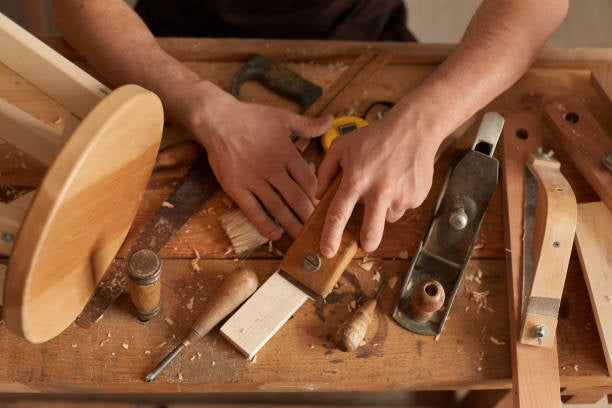
Hand Tools
Hand tools are an essential part of a woodworker's toolkit. These include chisels, hand saws, planes, carving tools, and measuring tools. Hand tools require skill and precision to use effectively.

Safety Equipment
Safety is a top priority in woodworking. Woodworkers use safety equipment such as safety glasses, ear protection, dust masks, and protective clothing to prevent accidents and minimize exposure to harmful substances.
Common Types of Wood Used in Woodworking Masterpieces
The choice of wood plays a critical role in the final appearance and durability of a woodworking masterpiece. Different types of wood have unique characteristics that make them suitable for specific applications. Here are some common types of wood used in woodworking masterpieces:
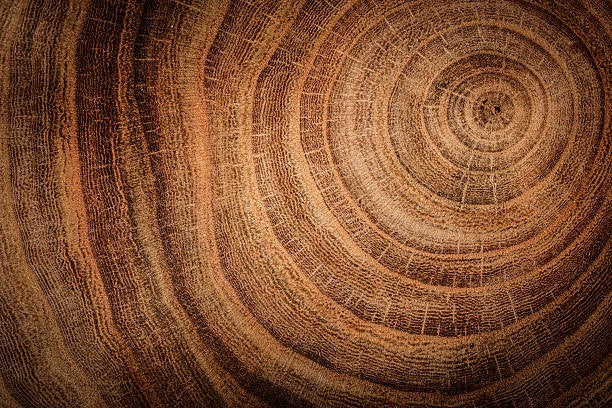
1. Mahogany: Mahogany is a dense and durable hardwood known for its reddish-brown color and straight grain. It is commonly used in furniture making and cabinetry due to its strength and beauty.
2. Oak: Oak is a versatile hardwood with a distinctive grain pattern. It is known for its durability and resistance to moisture and rot. Oak is often used in flooring, furniture, and architectural elements.
3. Walnut: Walnut is a dark hardwood with a rich, warm tone. It is highly prized for its natural beauty and is often used in fine furniture and decorative woodworking.
4. Maple: Maple is a light-colored hardwood known for its strength and durability. It has a fine, even grain and takes stains and finishes well. Maple is commonly used in flooring, cabinets, and musical instruments.
5. Cherry: Cherry is a smooth, medium-density hardwood with a rich, reddish-brown color. It is valued for its natural luster and aging characteristics. Cherry is often used in fine furniture and cabinetry.
6. Birch: Birch is a light-colored hardwood with a pale yellow to reddish-brown hue. It is known for its fine grain and durability. Birch is commonly used in plywood, furniture, and cabinetry.
7. Ebony: Ebony is a dense, black hardwood prized for its deep, lustrous color. It is highly sought after for its beauty and is often used in high-end furniture and musical instruments.

Challenges and Tips for Aspiring Woodworkers
Woodworking is both challenging and rewarding. It requires patience, persistence, and a thirst for knowledge. If you're just starting out, you'll encounter various obstacles. To get started, consider taking classes, reading books, and learning from experienced craftsmen. Woodworking involves working with different types of wood, each with its unique hardness and grain patterns. Understanding these differences is crucial.
Having the right tools is essential for any woodworker. You should research and invest in tools that meet your needs and budget. Joinery, a fundamental technique in woodworking, requires practice. Experiment with various joints to improve your skills. Safety is paramount, so always use protective gear and handle tools properly.
Becoming proficient in woodworking takes time. Don't be discouraged by mistakes; they are valuable learning experiences. To fuel your creativity, seek inspiration from museums, exhibitions, and woodworking experts. Every encounter will help shape your unique creative style.

Appreciating the Beauty and Intricacy of Woodworking Masterpieces
Woodworking masterpieces are not just functional objects; they are works of art that evoke a sense of wonder and admiration. The beauty and intricacy of these creations can be appreciated from various perspectives:

Aesthetics
Woodworking masterpieces showcase the natural beauty of wood and the skillful craftsmanship of the woodworker. The intricate carvings, smooth finishes, and attention to detail create visually stunning pieces that captivate the eye.
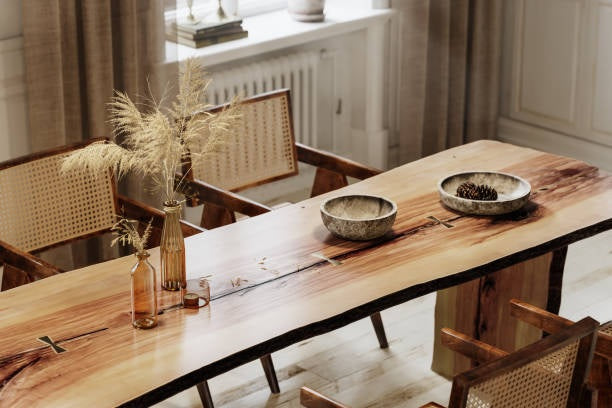
Functionality
Woodworking masterpieces are not just decorative; they also serve a practical purpose. Whether it's a finely crafted chair that provides comfort or a handcrafted table that brings people together, these pieces enhance our daily lives.

Legacy and Tradition
Woodworking is a craft that has been passed down through generations, carrying with it a sense of tradition and heritage. Woodworking masterpieces preserve and celebrate these traditions, connecting us to our past and cultural identity.

Sustainability
Wood is a renewable resource, making woodworking a sustainable practice. Woodworking masterpieces demonstrate the beauty and versatility of this natural material, reminding us of the importance of responsible sourcing and conservation.
The Timeless Appeal of Woodworking Craftsmanship
Woodworking is a craft that has stood the test of time, captivating people with its timeless beauty and craftsmanship. The woodworking masterpieces showcased in this article are a testament to the skill, dedication, and passion of the artisans who create them.
These masterpieces highlight the versatility and creativity of woodworking. Each piece tells a story, reflecting the culture, traditions, and artistic vision of its creator.
Whether you're an aspiring woodworker, an art lover, or simply appreciate fine craftsmanship, the world of woodworking offers endless inspiration. It is a world where creativity, skill, and passion come together to create extraordinary works of art.
So, step into the mesmerizing world of woodworking masterpieces and discover the remarkable craftsmanship behind these awe-inspiring pieces. Immerse yourself in the stories, techniques, and beauty of woodworking, and let yourself be inspired and amazed by the talent and ingenuity of these woodworking artisans.










